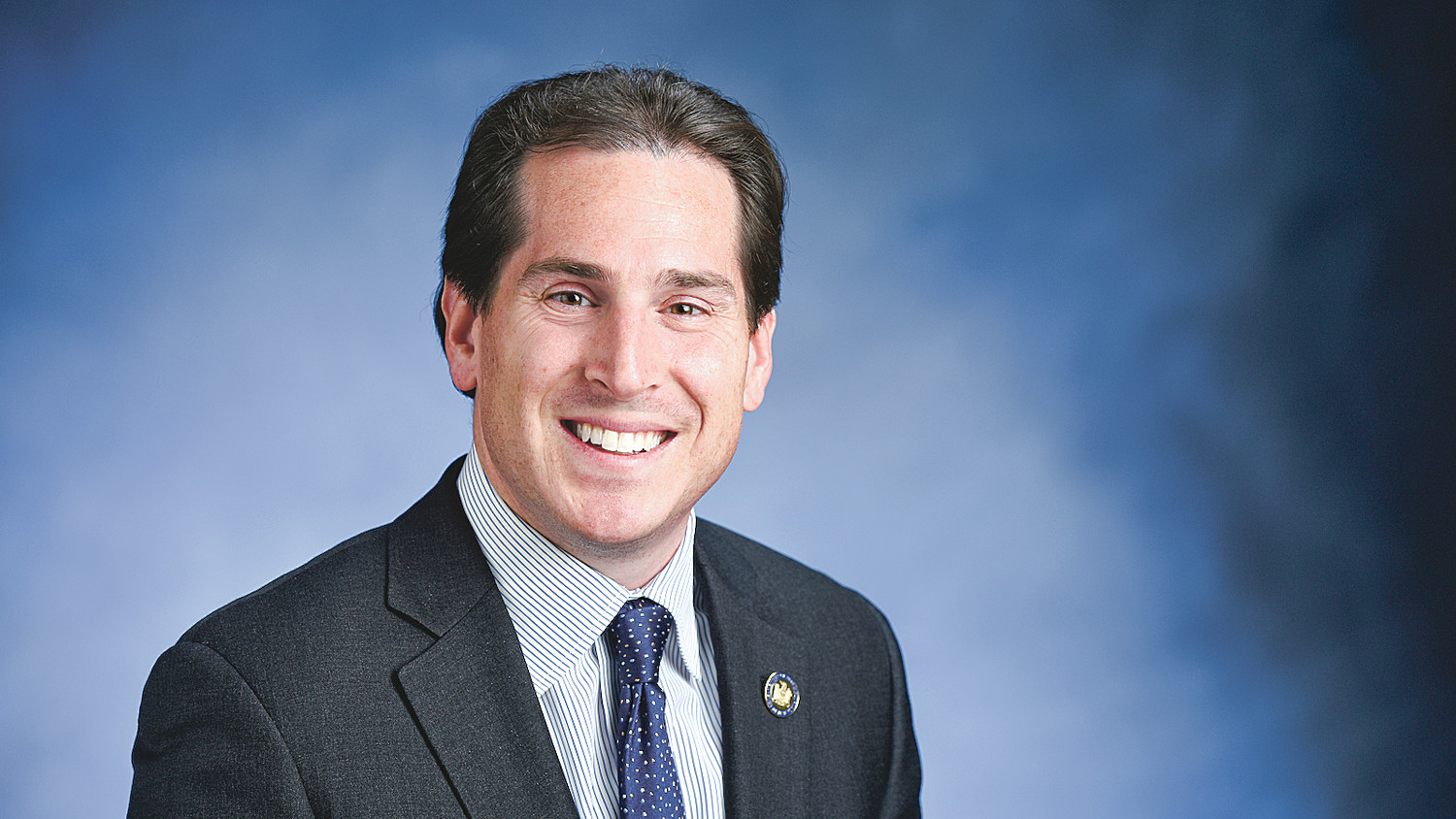Testing reform bill passes State Assembly
Legislation sponsored by State Assemblyman Todd Kaminsky that would address critiques of standardized testing and alter both the exams themselves and how teachers utilize their results passed overwhelmingly in the Assembly on May 20 in a vote of 138 to 1.
The bill, which enjoyed bipartisan support, came on the heels of nationwide outcry this spring by parents and educators against state standardized testing in English and mathematics.
The bill will now make its way through the state Senate and eventually to Governor Andrew Cuomo’s desk, Kaminksy said. “The people of New York have spoken loudly and clearly, and what the other branches of government do now is up to them,” Kamisnky explained. “Really the ball is in their court to determine how they want to proceed with the common core.”
The measure would also lift the gag order that prohibits teachers from discussing tests they have reviewed. Teachers who grade certain standardized tests are currently required to sign a confidentiality agreement that prohibits them from discussing the content of them with other educators.
“I’ve been meeting with parents and educators non-stop and this bill is the culmination of the opinions I’ve been hearing,” Kaminsky said. “And some of these things are so universal I haven’t really heard anything to the contrary.”
Critics of the exams argue that they are flawed, containing questions that are too advanced for the grade levels involved, and that their results offer no meaningful feedback. Unlike Regents exams, past tests are not released, Kaminsky said, so teachers have no way of knowing how to better prepare future students.
The scores are released the following fall, when teachers will no longer have the chance to work with the students they prepared for the test. Regents exams are a requirement for graduation, but the ELA and math tests do not impact students’ academic standing. Kaminsky’s bill would provide funding to allow for the annual release of test questions and answers by June 1, so that teachers can utilize the results while they still have the same class of students.

 63.0°,
A Few Clouds and Breezy
63.0°,
A Few Clouds and Breezy 




